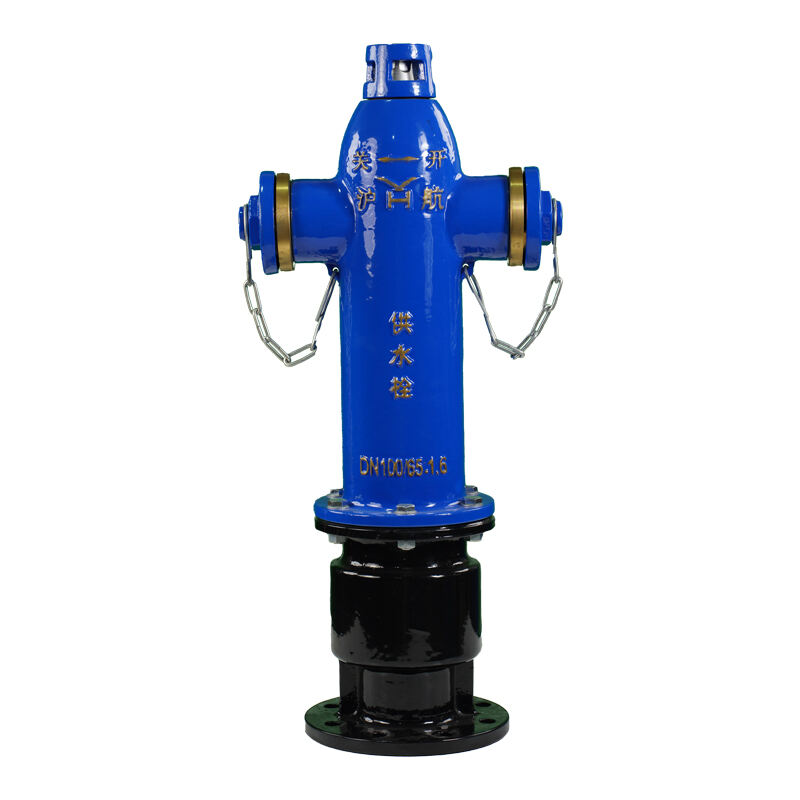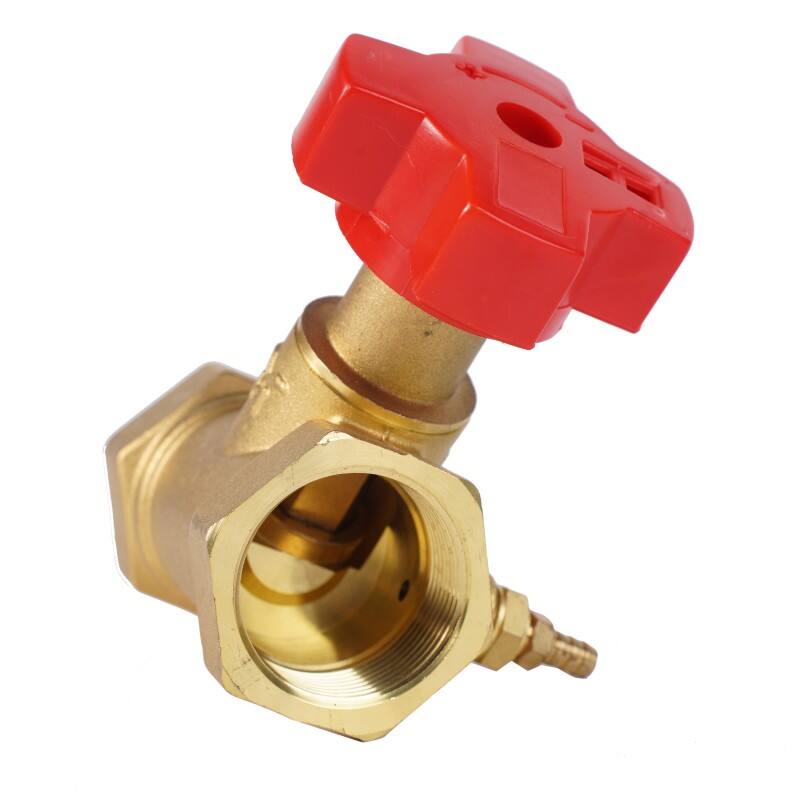butterfly valve gear
A butterfly valve gear is a sophisticated mechanical system designed to control fluid flow through pipelines with exceptional precision and reliability. This critical component consists of a disc mounted on a rotating shaft, complemented by an advanced gear mechanism that enables smooth and controlled operation. The gear system transforms manual or automated input into precise rotational movement, allowing operators to regulate flow rates with remarkable accuracy. The mechanism typically incorporates hardened steel gears, precision bearings, and robust housing designed to withstand demanding industrial environments. These gears significantly reduce the operating torque required to actuate the valve, making it easier to control even in high-pressure applications. The system's design allows for both manual operation through handwheels or chainwheels and automated control via electric or pneumatic actuators. In industrial applications, butterfly valve gears are essential in processes requiring precise flow control, such as water treatment facilities, chemical processing plants, and HVAC systems. The gear mechanism ensures smooth, consistent operation while protecting against sudden closure or opening that could cause water hammer effects or system damage.


